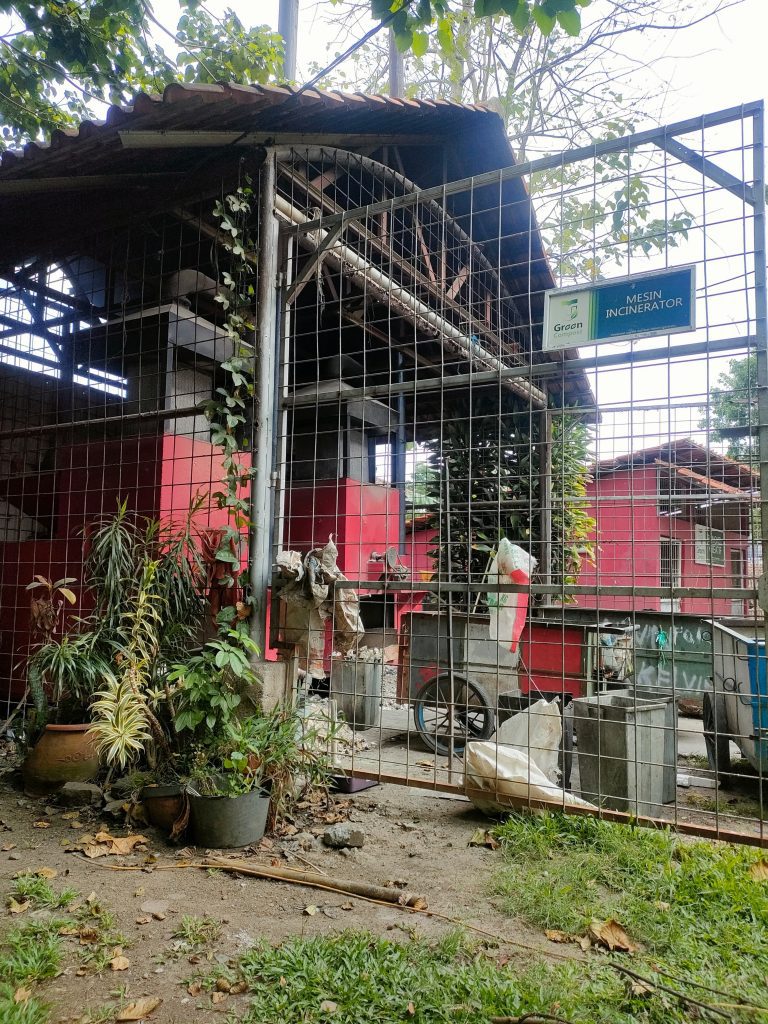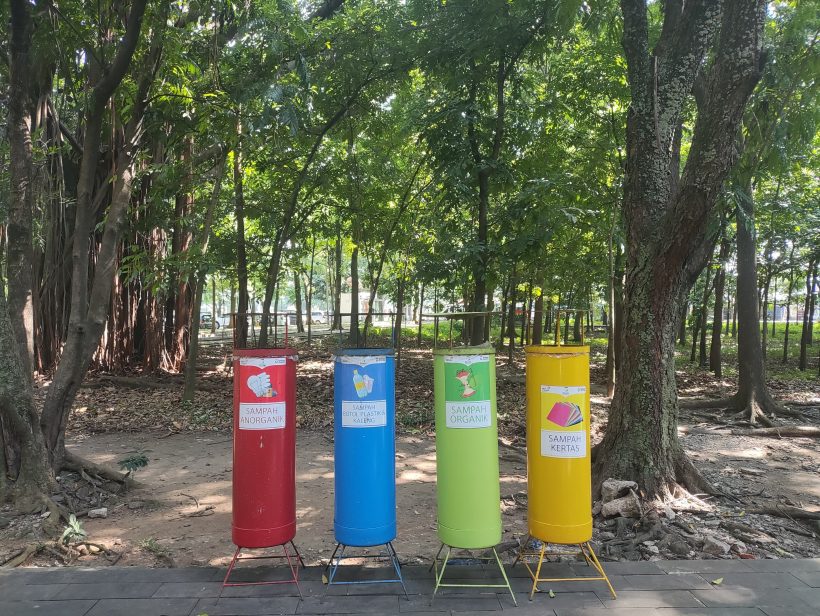In an effort to create a greener and more sustainable campus environment, Telkom University continues to develop various Green Campus-based programs. One of the efforts made is the implementation of a waste sorting system according to criteria and the use of incinerators to manage non-recyclable waste. Both of these approaches aim to reduce negative impacts on the environment, increase awareness of campus residents, and minimize the carbon footprint.
Waste Separation According to Criteria: The First Step in Waste Management
Waste sorting based on its type, such as organic, inorganic, paper, and hazardous materials (B3), is one of the important pillars in sustainable waste management on campus. At Telkom University, waste bins that are sorted according to criteria facilitate the waste processing process in the next stage. Understanding the types of waste is very important so that the sorting process can be carried out correctly.
- Organic Waste
Organic waste is waste that comes from natural waste, such as food waste, leaves, and other organic materials. Examples of organic waste include fruit peels, vegetable waste, and dry leaves. This type of waste can be processed into compost which is useful for fertilizing the soil and supporting greening programs on campus.
- Inorganic Waste
Inorganic waste includes materials that are not easily decomposed naturally, such as plastic, metal, and glass. Examples of inorganic waste are plastic bottles, beverage cans, and broken glass. Separating inorganic waste facilitates the recycling process, helps reduce the amount of waste disposed of in landfills, and supports a circular economy.
- Paper Waste
Paper waste comes from lecture activities, assignments, and administrative activities. This used paper is collected separately for recycling, reducing the amount of trees cut down needed for the production of new paper.
- B3 Waste (Hazardous and Toxic Materials)
B3 waste is waste that contains hazardous materials, such as used batteries, medicines, and chemicals. This type of waste must be separated and managed in a special way so as not to pollute the environment. Proper management is important to protect soil, water, and air from toxic substances.
Use of Incinerator Machines in Waste Management
After the waste is sorted, there are several types of waste that cannot be recycled and require further processing. This is where the role of the incinerator machine is very important. Incinerators function to burn waste at high temperatures, reducing the volume of waste significantly. Usually, the waste burned in incinerators is plastic waste and other types of inorganic waste that are difficult to recycle.

Benefits of Using Incinerators:
Reduced Waste Volume: Combustion in an incinerator turns waste into ash with a much smaller volume, helping to reduce the amount of waste that must be disposed of in landfills.
Hazardous Waste Management: Incinerators can burn hazardous waste, such as medical waste or hazardous chemicals, so that hazardous substances can be safely destroyed.
Efficient Waste Management: The use of incinerators allows for more efficient and safe waste management, especially for types of waste that cannot be recycled.
Combined Benefits of Waste Sorting and Incinerator Use
The combination of waste sorting and incinerator use provides many benefits to the campus environment and beyond:
Cleaner Environment: Proper waste sorting allows for more efficient recycling processes, reducing the amount of waste that must be burned or disposed of. This contributes to a cleaner environment on campus.
Reduced Carbon Emissions: By reducing the burning of inorganic waste that can be recycled, carbon emissions from the incineration process can be minimized. The use of incinerators is limited to waste that cannot be further processed, keeping the campus’ carbon footprint low.
Environmental Awareness: This initiative raises awareness among the academic community about the importance of responsible waste management. Waste banks are also introduced on campus to encourage campus residents to collect inorganic waste that can be recycled, providing positive impacts for the environment and the economy.
Landfill Efficiency: With reduced waste volume, landfills will not fill up as quickly, giving more time for the waste management system to operate better.
Telkom University Towards a Sustainable Campus
With the implementation of a waste sorting system and the use of incinerators, Telkom University demonstrates its commitment to creating a greener and more sustainable campus. This initiative not only has a positive impact on the campus environment, but also serves as a model that can be followed by other institutions in managing waste more responsibly.
Telkom University continues to strive to develop environmentally friendly practices that support the preservation of nature, create a healthy learning environment, and reduce negative impacts on the environment. Examples of organic and inorganic waste that are well managed will provide long-term benefits for the campus and future generations.


Leave a Reply